Brooklyn Bridge Assessment: Structural Integrity And Potential Upgrades
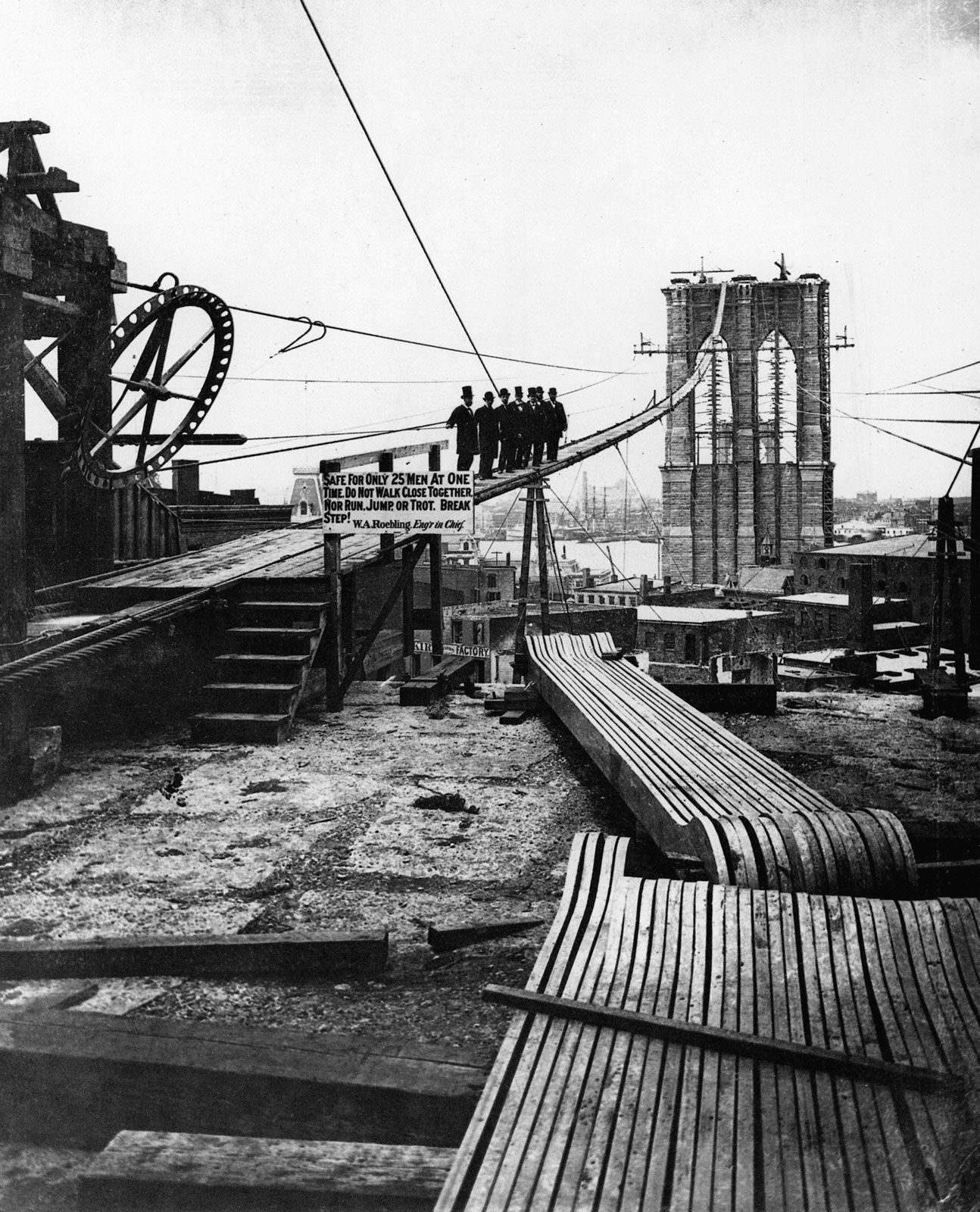
Table of Contents
Current State of the Brooklyn Bridge's Structural Integrity
The Brooklyn Bridge, opened in 1883, faces the inevitable challenges posed by age and environmental factors. Its construction involved innovative materials for the time, including steel cables, limestone, granite, and sandstone. While these materials have proven remarkably durable, years of exposure to the elements, along with constant traffic loads, have resulted in inevitable wear and tear. To maintain its structural integrity, ongoing monitoring and inspection processes are critical.
These processes involve a multi-faceted approach:
- Regular inspections: Employing advanced technologies such as drone surveys for detailed visual inspections, and fiber optic sensors embedded within the structure to monitor stress levels and material degradation in real-time.
- Detailed reports: These reports analyze stress points, material degradation rates, and provide a comprehensive picture of the bridge's condition. This data is compared to historical data to track changes over time and predict future needs.
- Assessment of load-bearing capacity: Rigorous testing and analysis constantly assess the bridge's ability to safely handle current traffic loads and identify potential safety margins.
- Non-destructive testing (NDT): Techniques like ultrasonic testing and ground-penetrating radar are used to evaluate the internal condition of materials without causing damage.
Identifying Areas Requiring Attention: Critical Assessment Findings
Assessments of the Brooklyn Bridge consistently identify areas requiring attention. While the overall structural integrity remains sound, localized issues need addressing to prevent escalation. For instance:
- Cable deterioration: Corrosion of the steel cables, due to environmental factors, is a continuous concern. Regular inspections and preventative maintenance, including the application of corrosion inhibitors, are crucial.
- Anchorages: The massive anchorages, which secure the suspension cables, require periodic evaluation for potential cracking or settling.
- Roadway surfaces and pedestrian walkways: These surfaces endure significant wear and tear from constant traffic and weather. Regular repairs and resurfacing are necessary to ensure safety and prevent further damage to the underlying structure.
Prioritization of repairs is based on urgency and impact on the overall structural integrity. A proactive approach, addressing issues before they become critical, is vital for preserving the bridge's lifespan. Past assessments have highlighted the importance of consistent monitoring and timely interventions to mitigate potential safety concerns.
Potential Upgrades and Modernization Strategies for the Brooklyn Bridge
To enhance the Brooklyn Bridge's structural integrity and extend its lifespan, several upgrade options are being considered, focusing on the latest materials and techniques:
- Strengthening of existing cables and anchorages: This could involve techniques such as adding external support structures or reinforcing existing components with high-strength materials.
- Upgrading roadway surfaces and pedestrian walkways: Replacing deteriorated surfaces with durable, long-lasting materials designed to withstand heavy traffic and extreme weather conditions.
- Implementation of advanced monitoring systems: Integrating a sophisticated network of sensors to provide real-time data on the bridge's structural health, allowing for proactive maintenance and immediate responses to potential issues.
- Integration of sustainable materials and practices: Utilizing eco-friendly materials and construction techniques to minimize the environmental impact of any upgrade projects.
Cost-Benefit Analysis of Bridge Upgrades
Investing in the Brooklyn Bridge's upkeep requires a thorough cost-benefit analysis. While substantial upfront costs are associated with upgrades and maintenance, the long-term benefits significantly outweigh the expenses. The costs of potential failure – including economic disruption, loss of life, and damage to reputation – far exceed the investment in preventative maintenance and upgrades. Preserving this vital piece of infrastructure safeguards economic activity, supports tourism, and protects a significant cultural asset.
Conclusion: Ensuring the Future of the Brooklyn Bridge
The ongoing assessments of the Brooklyn Bridge's structural integrity reveal a need for proactive maintenance and strategically planned upgrades. Addressing identified areas of concern, such as cable deterioration and roadway surfaces, is crucial for ensuring the bridge’s continued safe operation. Investing in these upgrades and employing modern technologies will safeguard this iconic structure for generations to come. Support Brooklyn Bridge preservation by learning more about the ongoing upgrade initiatives and consider supporting organizations dedicated to ensuring the future of the Brooklyn Bridge. Let's work together to maintain this vital landmark and preserve it for years to come. Learn more about Brooklyn Bridge upgrades and how you can contribute to its preservation. Ensure the future of the Brooklyn Bridge by supporting its continued maintenance and modernization.

Featured Posts
-
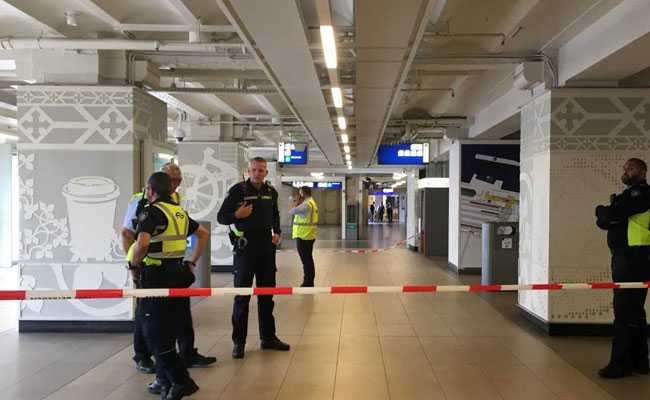 Amsterdam Hotel Knife Attack Leads To Police Raid Investigation Underway
May 18, 2025
Amsterdam Hotel Knife Attack Leads To Police Raid Investigation Underway
May 18, 2025 -
 Choosing The Best Bitcoin Casino For 2025 A Players Guide
May 18, 2025
Choosing The Best Bitcoin Casino For 2025 A Players Guide
May 18, 2025 -
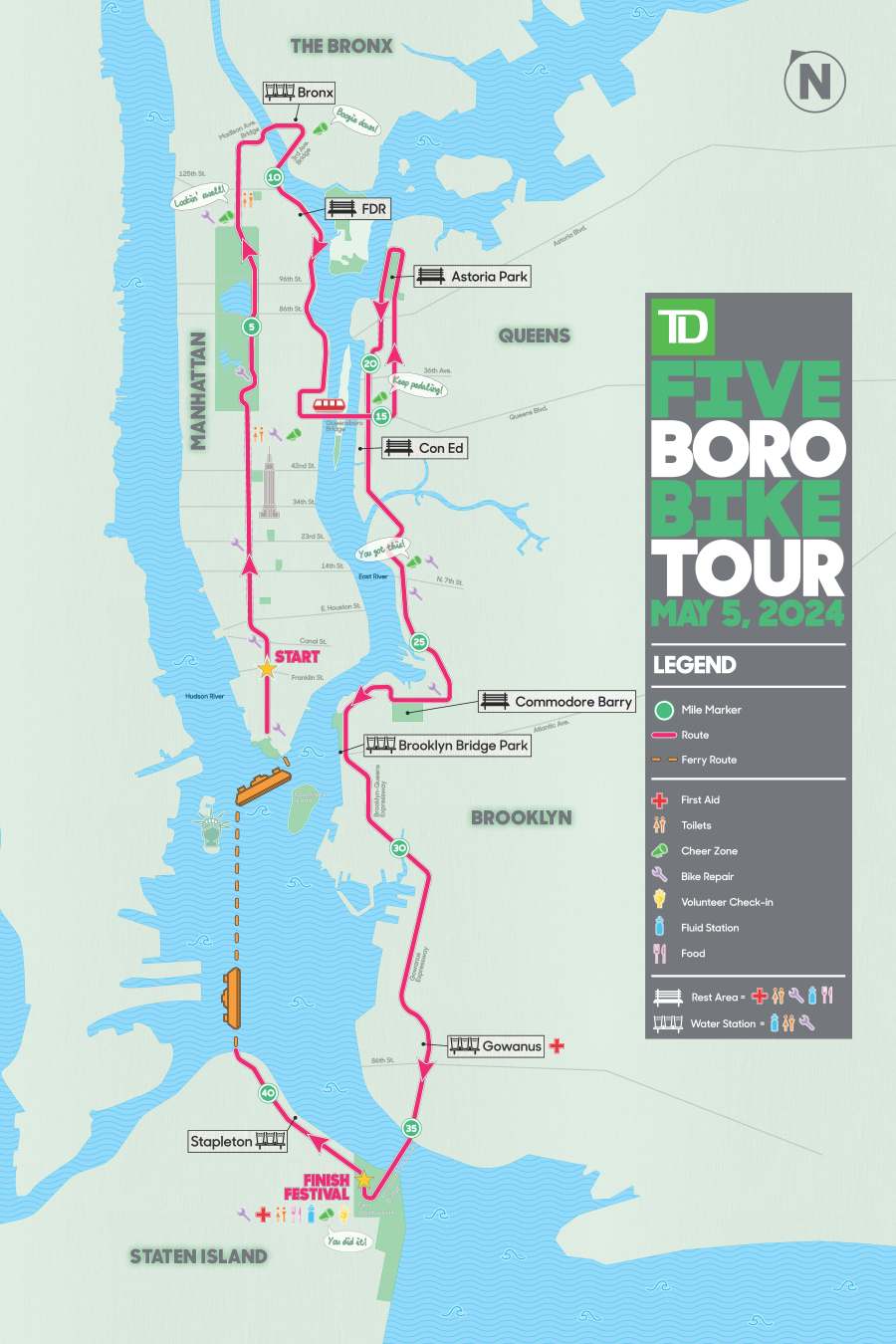 The Five Boro Bike Tour A Comprehensive Overview For Participants
May 18, 2025
The Five Boro Bike Tour A Comprehensive Overview For Participants
May 18, 2025 -
 Canadian Pm And Austin Powers Star Under Fire For Anti Trump Comment
May 18, 2025
Canadian Pm And Austin Powers Star Under Fire For Anti Trump Comment
May 18, 2025 -
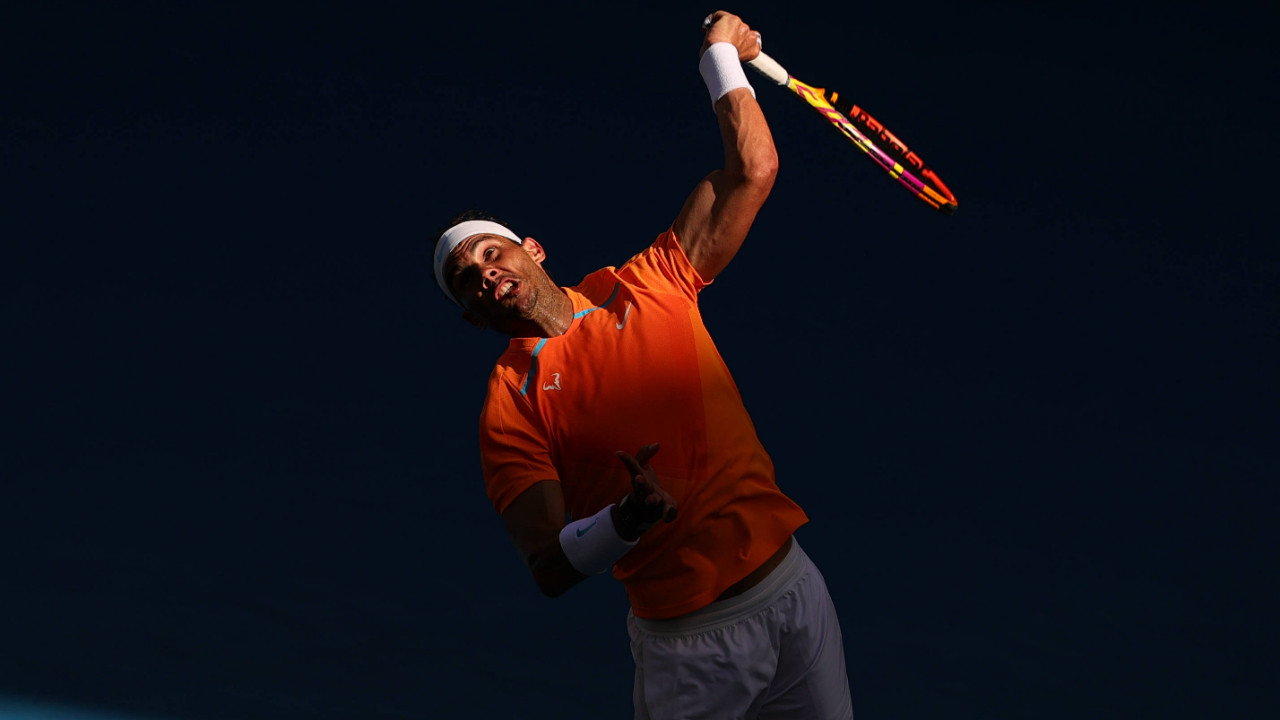 Novak Djokovic Kortlarda Efsane Devam Ediyor
May 18, 2025
Novak Djokovic Kortlarda Efsane Devam Ediyor
May 18, 2025
Latest Posts
-
 Suriye De Yeni Bir Catisma Mi Abd Li Dergi Nin Analizi
May 18, 2025
Suriye De Yeni Bir Catisma Mi Abd Li Dergi Nin Analizi
May 18, 2025 -
 Erdogan Ve Netanyahu Karsi Karsiya Abd Li Dergi Nin Suriye Uyarisi
May 18, 2025
Erdogan Ve Netanyahu Karsi Karsiya Abd Li Dergi Nin Suriye Uyarisi
May 18, 2025 -
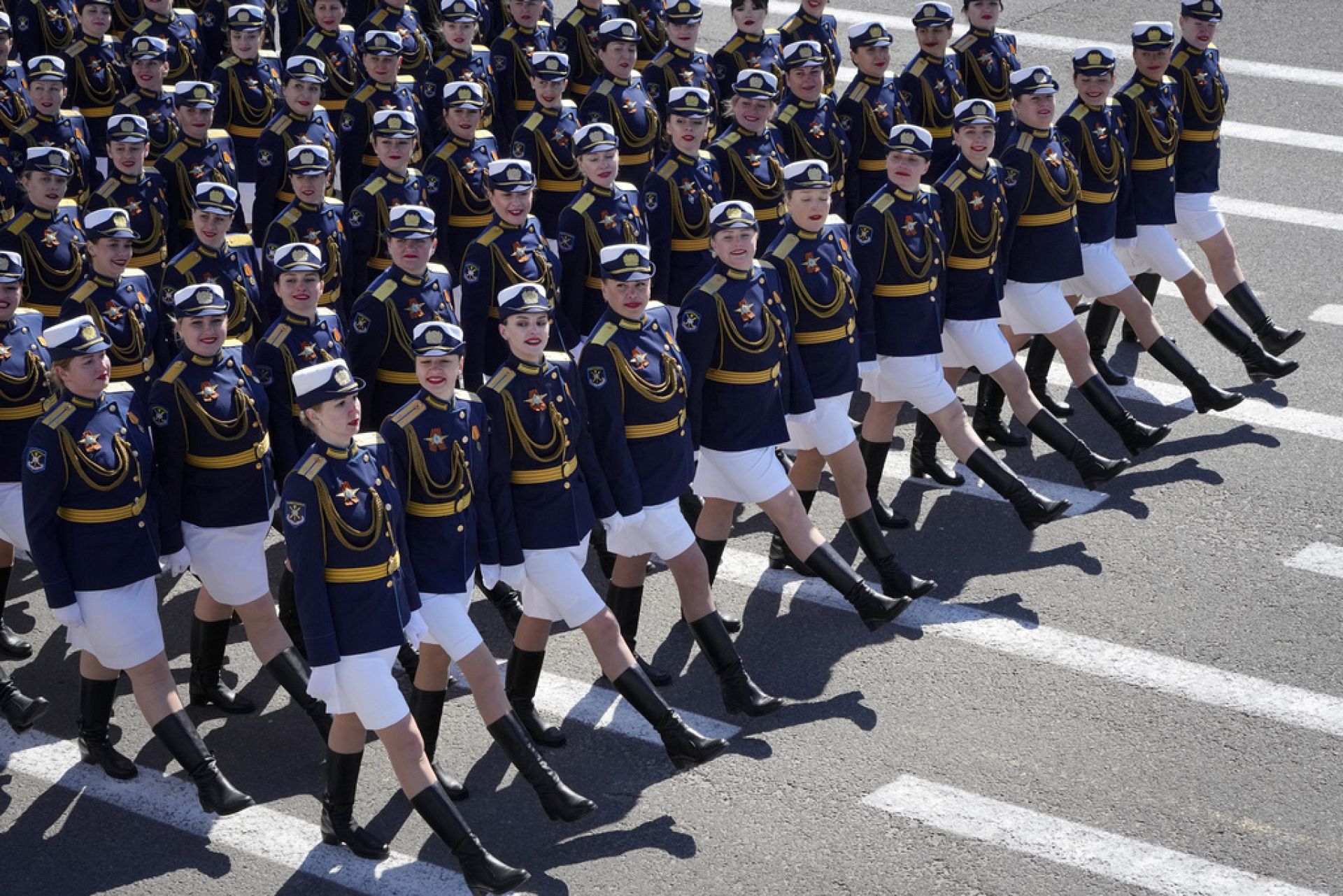 Tuerkiye Israil Suriye Abd Li Dergi Catisma Riski Uyarisi Yapti
May 18, 2025
Tuerkiye Israil Suriye Abd Li Dergi Catisma Riski Uyarisi Yapti
May 18, 2025 -
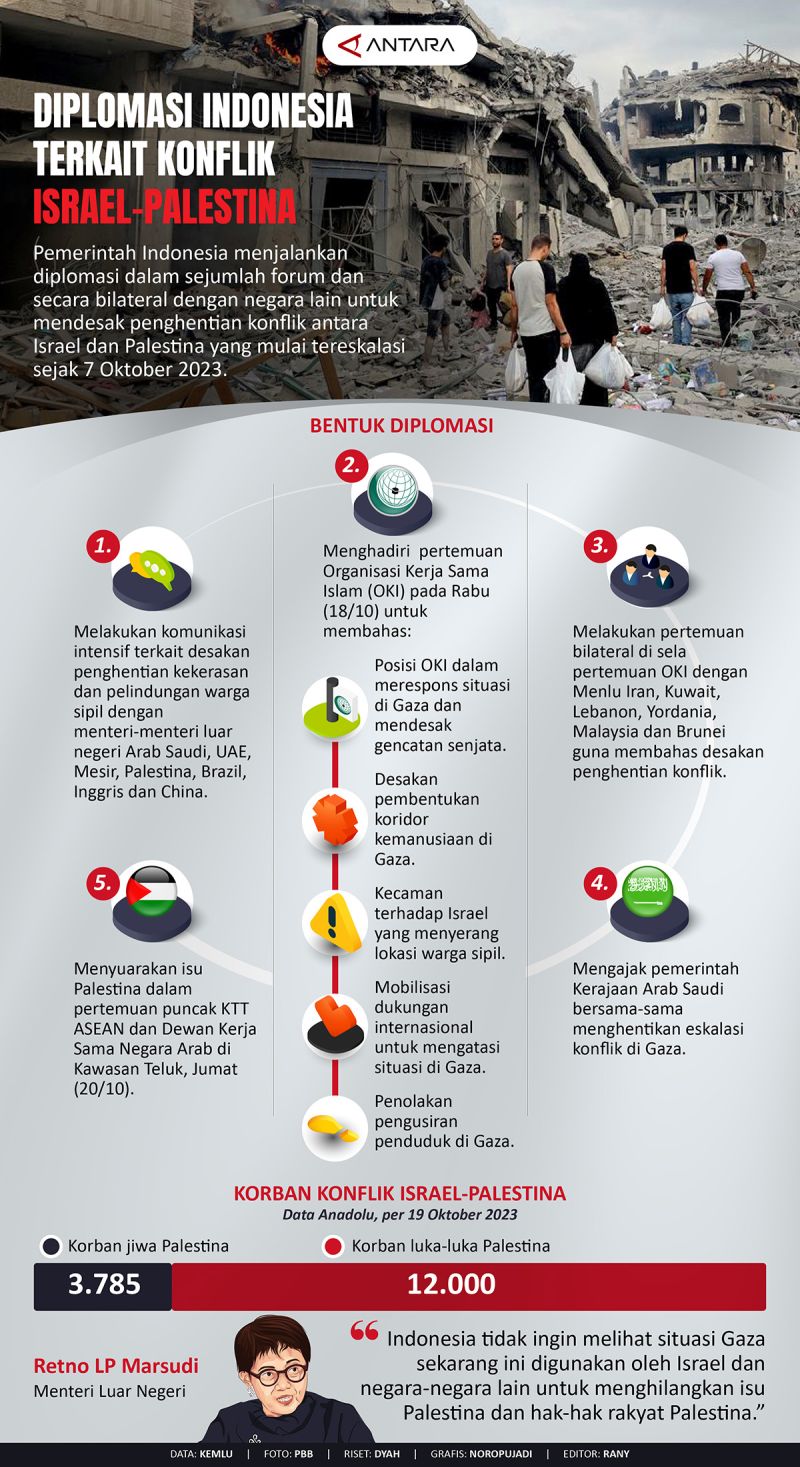 Infografis Kebuntuan Proses Perdamaian Israel Palestina Data Pbb Dan Peran Diplomasi Indonesia
May 18, 2025
Infografis Kebuntuan Proses Perdamaian Israel Palestina Data Pbb Dan Peran Diplomasi Indonesia
May 18, 2025 -
 Abd Li Derginin Uyarisi Tuerkiye Israil Suriye Catismasi
May 18, 2025
Abd Li Derginin Uyarisi Tuerkiye Israil Suriye Catismasi
May 18, 2025
